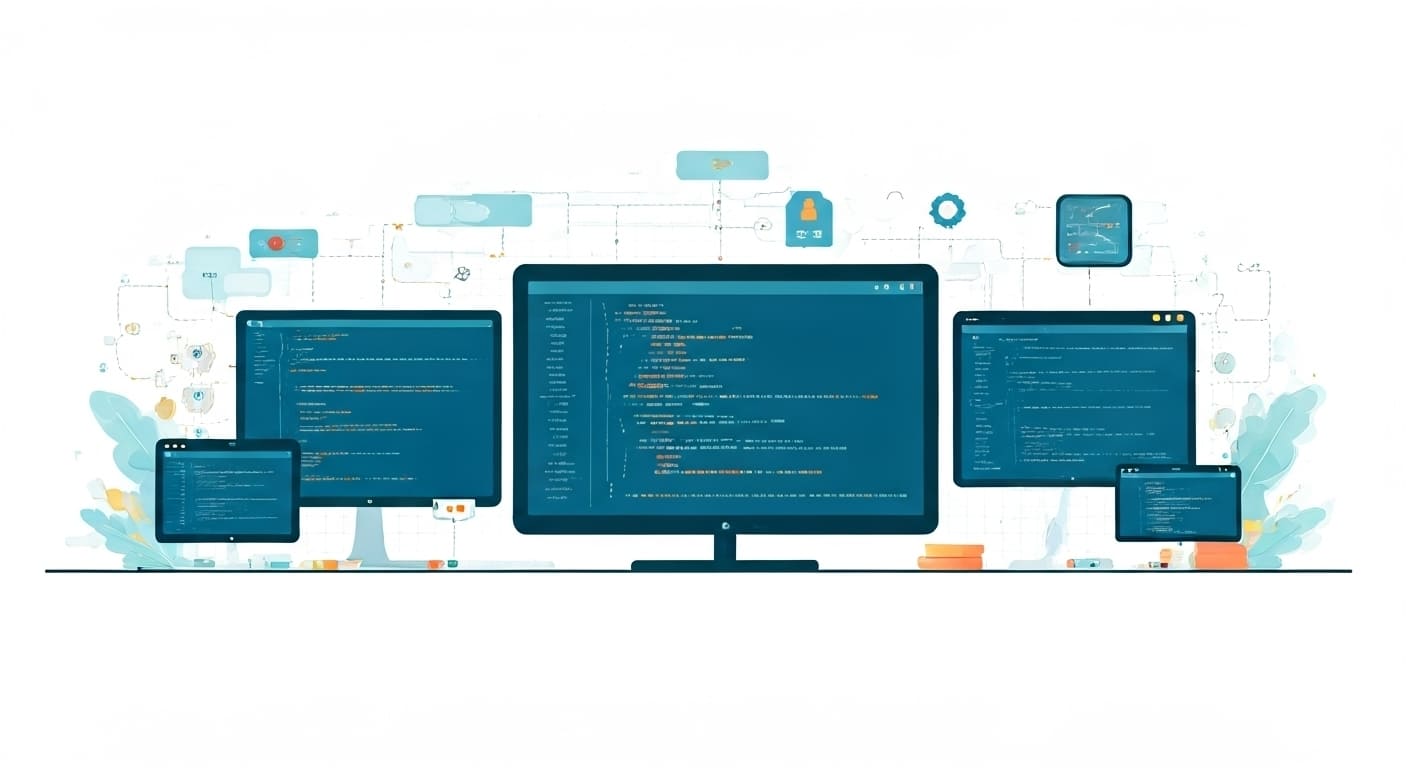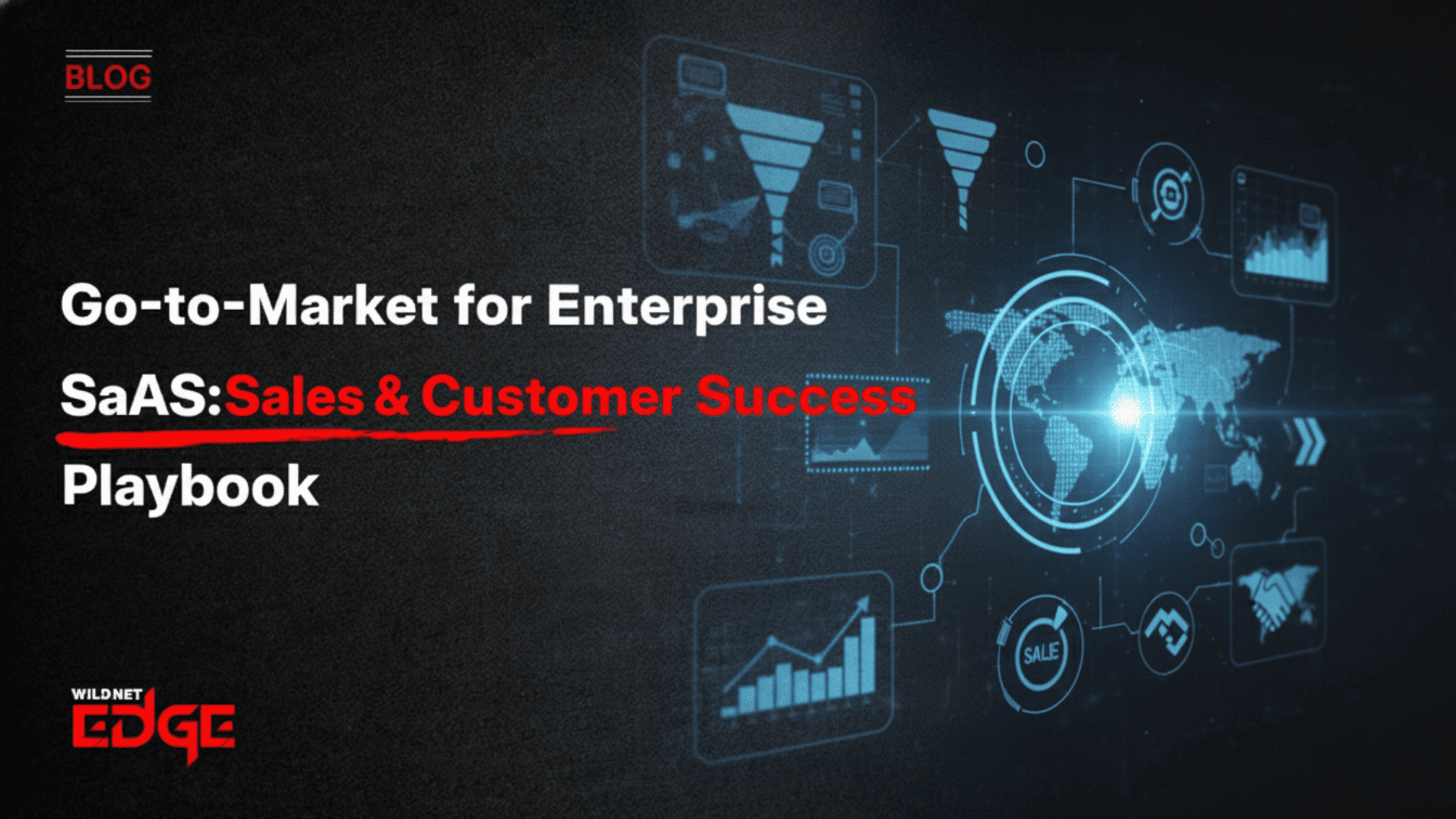Struggling to break through the noise in the crowded B2B SaaS market? You’re not alone. Traditional sales-driven approaches can drain your resources without delivering predictable, scalable growth. But what if your product could do the heavy lifting—turning curious users into loyal customers autonomously? That’s the power of Product-Led SaaS.
Product-Led SaaS flips the old model on its head by putting the product experience front and center in your user acquisition and retention strategy. In this post, you’ll discover actionable growth hacks centered on product-led strategies like the freemium model and user onboarding—techniques proven to skyrocket SaaS growth by driving engagement, activation, and retention.
Understanding the Freemium Model: A Pathway to User Acquisition
The freemium model is one of the most potent user acquisition tools in the Product-Led SaaS arsenal. But what exactly is it, and why does it resonate so well within B2B SaaS?
Definition and Core Principles of the Freemium Model
At its core, the freemium model offers users a free tier of your software with limited features or usage caps. This allows prospects to experience the product without upfront commitment. The goal: demonstrate core value so compellingly that users are motivated to upgrade to paid plans for enhanced features or higher capacity.
Core principles include:
- Low friction sign-up enabling instant usage
- Value-first experience illustrating product benefits early
- Clear upgrade paths to premium tiers with tangible incentives
Benefits for B2B SaaS Companies
For B2B SaaS, the freemium model fuels growth by:
- Lowering customer acquisition costs (CAC): The product markets itself, reducing dependency on expensive sales teams.
- Building a pipeline of qualified leads: Users who upgrade are already engaged and informed buyers.
- Supporting virality: Free users spread the product internally or via social sharing, organically extending reach.
- Gathering vital product usage data: Insights from free users guide product improvements and upselling strategies.
Case Studies Demonstrating Its Success
Consider Slack, whose intuitive freemium offering generated millions of users quickly by offering team messaging for free on limited users. Slack’s growth relied heavily on users evangelizing internally, resulting in viral adoption before monetizing via paid tiers.
Another example, Dropbox, leveraged a simple freemium model focused on free storage space. This not only helped acquire millions of users but also created natural upsell opportunities to premium plans as storage needs increased.
Challenges and Tips to Optimize the Freemium Approach
Despite its appeal, the freemium model can backfire if not optimized:
- Challenge: Converting free users to paid customers is hard if free tier value is too generous.
- Tip: Set feature or usage caps that are useful but clearly encourage upgrading.
- Challenge: Free users can overwhelm support and infrastructure.
- Tip: Use automated onboarding and support bots to manage volume efficiently.
- Challenge: Difficult to prove ROI upfront with a free tier.
- Tip: Use in-app prompts and smart nudges highlighting premium benefits.
By continuously analyzing usage data and feedback, you can strike the perfect balance that maximizes user acquisition while driving sustainable monetization.
Mastering User Onboarding for Higher Activation and Retention
No matter how great your product is, poor user onboarding can kill retention and reduce lifetime value. An effective onboarding experience helps users quickly unlock the product’s value, reducing confusion and frustration.
Key Components of Effective Onboarding Flows
Effective product-led SaaS onboarding should:
- Welcome users with a clear, concise introduction explaining the product’s value proposition
- Guide users step-by-step to complete core actions critical for “activation”
- Showcase quick wins to reinforce product benefits early
- Provide contextual help and tips tailored to user behavior
Tools and Techniques to Personalize Onboarding Experiences
Personalization is the cornerstone of modern onboarding. Leading SaaS tools like Appcues (2025 version) and Userpilot use AI to customize welcome flows and product tours based on:
- User role or company size
- Previous product interactions
- Usage patterns or product questions
These adaptive experiences reduce friction and make users feel understood, increasing activation and retention rates.
Metrics to Track Onboarding Success
Tracking onboarding performance is critical to iterating and improving flows. Key metrics include:
- Activation Rate: Percentage of new users who complete key actions (e.g., connecting integrations, sending first messages).
- Time-to-Value: How quickly a user experiences meaningful benefits from the product.
- Engagement Levels: Number of sessions, feature use frequency during the initial days.
- Churn Rate: Percentage of users who abandon the product before activation.
Monitoring these metrics informs targeted improvements, ensuring onboarding fuels sustainable growth.
Common Onboarding Pitfalls and How to Avoid Them
Common mistakes include:
- Information overload: Bombarding users with too many instructions at once.
- Avoidance Tip: Break tasks into smaller, digestible steps with progressive disclosure.
- Generic onboarding flows: One-size-fits-all onboarding ignores differing user intents.
- Avoidance Tip: Segment users to tailor guidance based on use case.
- Ignoring mobile or accessibility needs: Alienates users on varied devices.
- Avoidance Tip: Design cross-device onboarding and adhere to accessibility standards.
Well-crafted onboarding builds confidence and reduces churn, which is vital in the competitive SaaS space.
Leveraging Product-Led SaaS to Drive Sustainable Growth
Product-Led SaaS is not a one-off hack; it’s a sustainable growth framework that aligns your entire revenue engine with the product experience.
How Product-Led Growth Differs from Sales-Led and Marketing-Led Growth
- Sales-Led Growth: Relies on direct sales outreach and negotiation to close deals—high touch, high cost.
- Marketing-Led Growth: Uses inbound/outbound strategies to generate leads, often requiring nurturing through funnels.
- Product-Led Growth: The product itself attracts, converts, and retains users—growth scales with user experience improvements, not just spending.
Examples of In-Product Growth Loops and Virality Factors
Powerful growth loops embedded in your product can generate new users continuously:
- Invite referrals: Users invite teammates or clients for collaboration—free tiers encourage viral sharing.
- Content creation and sharing: User-generated content within the product attracts more users.
- Feature unlocks: Users unlock new capabilities by engaging existing features, increasing stickiness.
For instance, Notion grew by allowing users to share and collaborate on documents seamlessly, turning everyday users into brand advocates.
Using Usage Data for Continuous Product Optimization and Upsell Opportunities
Real-time usage analytics are the backbone of product-led growth:
- Identify bottlenecks: Detect where users drop off or fail to convert, then optimize flows.
- Personalized upsell: Trigger tailored upgrade offers based on feature usage or account size.
- Customer success automation: Proactively engage users showing signs of churn or confusion.
By making decisions driven by data, your product becomes a self-evolving growth engine.
Emerging Trends and Advanced Product-Led SaaS Tactics
To stay ahead, adopt emerging strategies shaping the future of Product-Led SaaS.
Integration of AI for Personalized Product Experiences
In 2025, AI-powered assistants and recommendation engines personalize everything—from onboarding to upselling—creating a dynamic experience adapting to each user’s behavior and needs in real time.
Usage-Based Pricing Models as an Evolution of Freemium
Instead of rigid tiers, many B2B SaaS companies now offer usage-based pricing—billing customers based on actual consumption. This model reduces friction, aligns costs with value, and incentivizes users to grow within the product naturally.
Community-Driven Growth and User Advocacy Programs
Building user communities where customers share use cases, provide feedback, and spread product love enhances retention and acquisition simultaneously. Platforms integrating forums, webinars, and advocacy rewards scale this effect.
Enhancing Onboarding with Interactive and Adaptive Learning
Moving beyond static checklists, adaptive learning modules embedded in products allow users to train themselves dynamically, varying difficulty and content based on their performance and preferences. This approach boosts mastery and satisfaction.
Conclusion
Product-Led SaaS isn’t just a buzzword—it’s a powerful growth engine that B2B SaaS companies can no longer afford to ignore. By leveraging smart strategies like the freemium model and frictionless, personalized user onboarding, your product can organically drive acquisition, activation, and retention—without over-reliance on costly sales efforts.
For businesses ready to scale efficiently in 2025 and beyond, trusted partners like WildnetEdge offer deep expertise and innovative solutions that harness the full potential of product-led growth. Transform your growth strategy today and let your product do the heavy lifting.
FAQs
Q1: What is the freemium model in Product-Led SaaS?
The freemium model offers a basic version of your SaaS product for free, allowing users to experience core features before upgrading to paid plans. This naturally drives user acquisition and conversion by lowering the barrier to entry.
Q2: How can user onboarding improve SaaS retention rates?
Effective onboarding quickly demonstrates value, guides users through essential features, and reduces confusion, resulting in higher engagement and lower churn rates.
Q3: What are key metrics to track in a Product-Led SaaS growth strategy?
Important metrics include activation rate, time-to-value, user engagement levels, conversion rates from free to paid tiers, and churn rate.
Q4: How does Product-Led growth differ from sales-led growth?
Product-Led growth centers the product experience as the main engine of acquisition and revenue, while sales-led growth depends heavily on sales teams and outreach.
Q5: What advanced tactics are emerging in Product-Led SaaS?
Emerging tactics include AI-driven personalized experiences, usage-based pricing models, community-driven growth, and adaptive onboarding processes.

Nitin Agarwal is a veteran in custom software development. He is fascinated by how software can turn ideas into real-world solutions. With extensive experience designing scalable and efficient systems, he focuses on creating software that delivers tangible results. Nitin enjoys exploring emerging technologies, taking on challenging projects, and mentoring teams to bring ideas to life. He believes that good software is not just about code; it’s about understanding problems and creating value for users. For him, great software combines thoughtful design, clever engineering, and a clear understanding of the problems it’s meant to solve.
 sales@wildnetedge.com
sales@wildnetedge.com +1 (212) 901 8616
+1 (212) 901 8616 +1 (437) 225-7733
+1 (437) 225-7733































